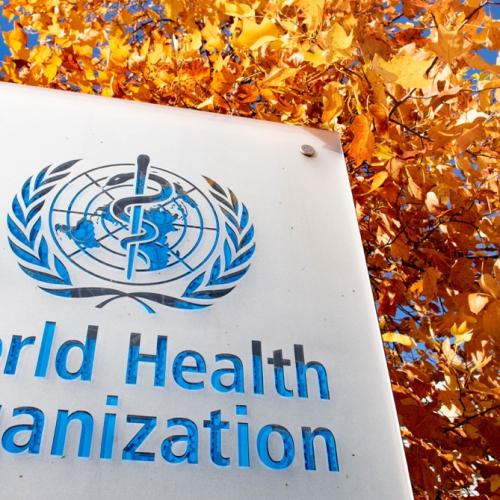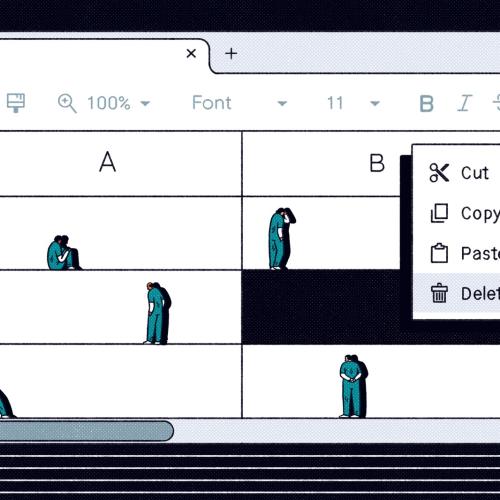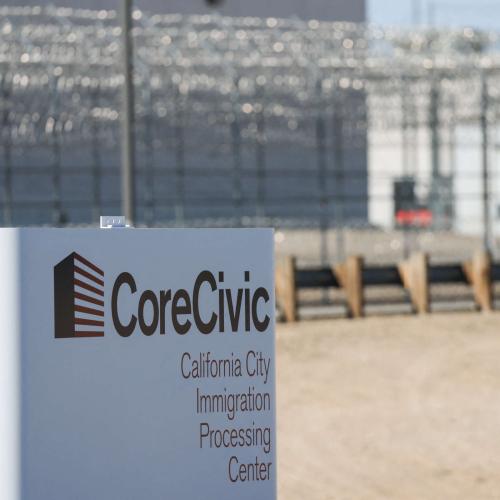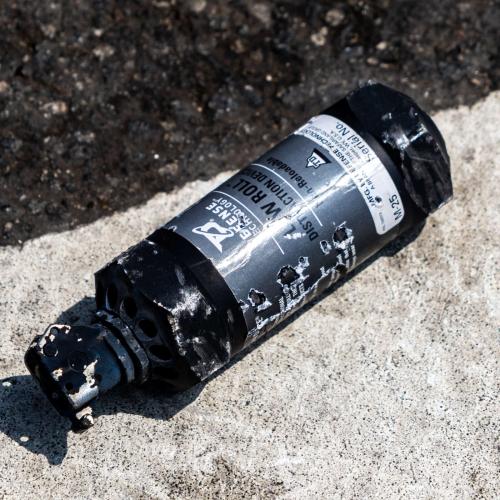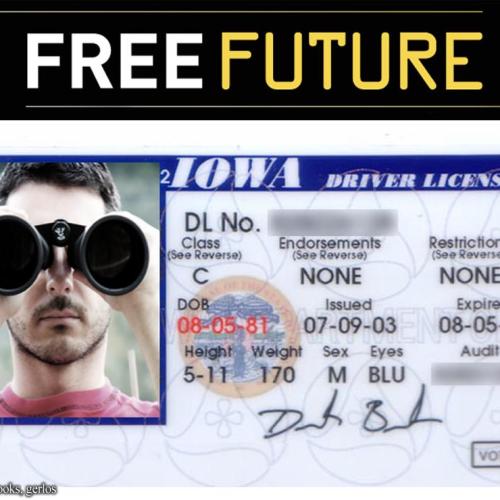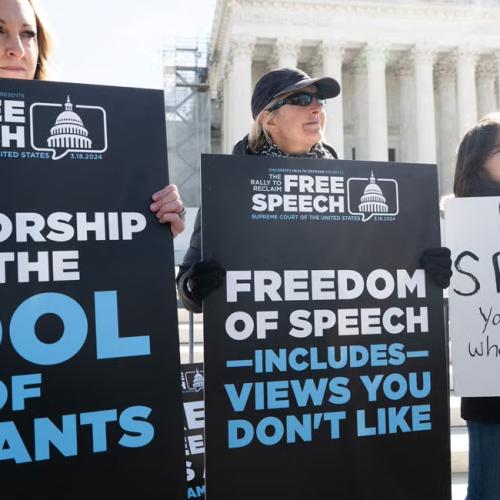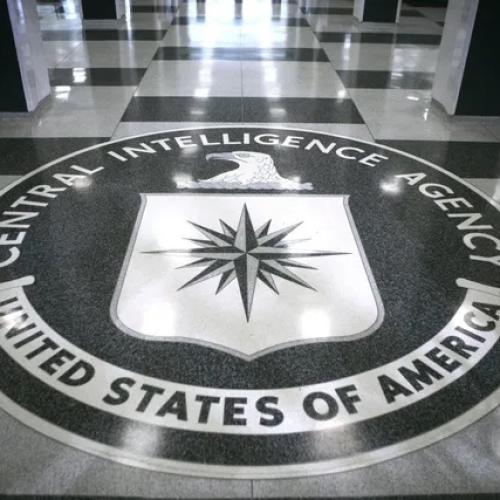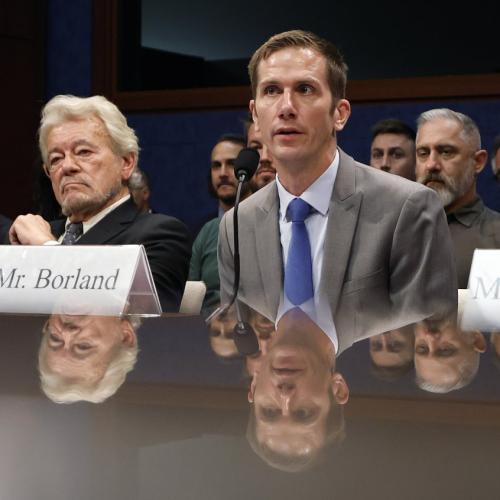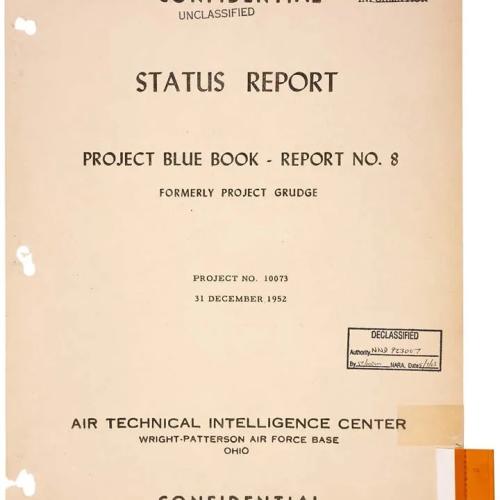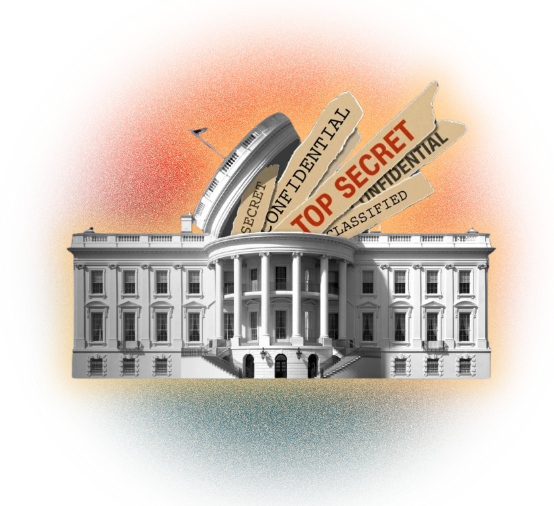Related Stories
Ellen Brown: How a Fed Overhaul Could Eliminate the Federal Debt Crisis, Part I: The Fed’s Hidden Drain
Key Excerpts from Article on Website of ScheerPost
Posted: October 26th, 2025
https://scheerpost.com/2025/10/04/ellen-brown-how-a-fed-over...
The Federal Reserve’s independence is currently being challenged by political forces seeking to reshape its mandate. Its independence was formalized only in 1951, with a Treasury-Federal Reserve Accord that was not a law but a policy agreement redefining the relationship of the parties. In the 1930s and 1940s, before the Fed officially became “independent,” it worked with the federal government to fund the most productive period in our country’s history. [A] little-known Fed policy called Interest on Reserves ... costs taxpayers $186 billion annually by paying banks a hefty interest to hold their reserves at the Fed. By eliminating IOR, the Administration could not only save this $186 billion but would release the $3.3 trillion now sitting idle in reserve accounts to other investments, most likely Treasuries, where banks could get a comparable safe return. The result would be not only to restore Fed profits to the Treasury but to lower federal borrowing costs. The Fed says it needs IOR as a tool to control short-term interest rates. By paying substantial interest on reserves, the Fed ensures that banks don’t flood markets with cash by over-lending. But the Fed managed rates through open market operations before 2008 without IOR, showing it is not essential; and it is a very costly tool. In 2021, Fed remittances to the Treasury totaled $79 billion. In 2023, high IOR costs led to Fed losses of $114.3 billion. This not only halted remittances to the Treasury entirely, it created a net deficit to the Fed.
Note: For more along these lines, read our concise summaries of news articles on financial system corruption.
Related Stories
Latest News
Key News Articles from Years Past














